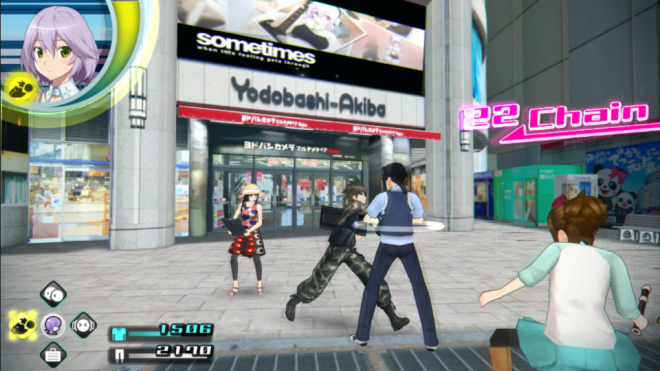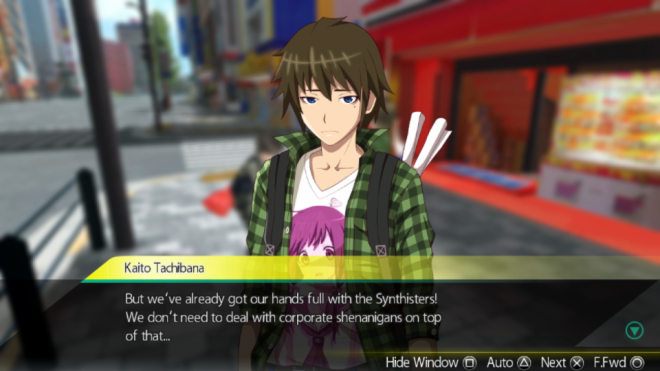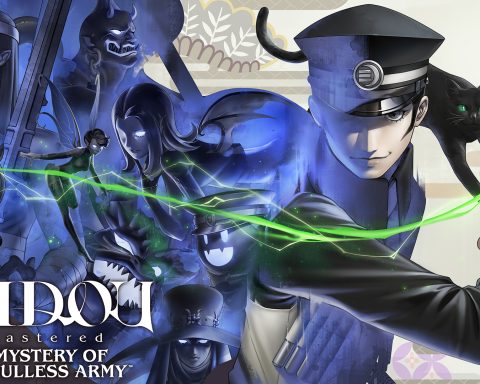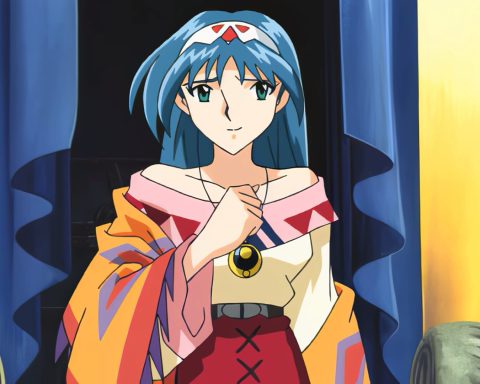And this creates something of a disconnect from the main character and the plot in general. The protagonist is constantly told that they’re a flaming otaku by practically every major NPC and there are innumerable choices during the many dialogue-heavy segments that allow the player to verbally exhibit rampant otaku behaviour. But for someone who was lured into a job interview based on the promise of free figurines and who has the time to go around town solving ridiculous sidequests, our hero doesn’t exemplify the type of overpowering enthusiasm one would naturally associate with Akihabara.
It’s also great that the game trims out much of the fat of modern, bloated game design; this is a succinct experience that wraps up in five or six solid hours of genuine enjoyment. The teleportation options will doubtlessly prove handy in making additional playthroughs feel less laborious as, once, you’ve seen all Akihabara has to offer, you’ll probably lack the drive to explore every alleyway ad naseum. Alternate endings based on player responses and actions means there’s ample reason to replay the game. You’re not going to witness all the ridiculousness in a single playthrough, that’s for sure.
Between a battle system unlike anything I’ve seen before and a story that pushes the boundaries of comedy, Akiba’s Trip has plenty of personality going for it. Expanding on the world of Akihabara itself would have elevated the experience into a truly classic one, but as is, fans of niche experiences still ought to take this trip.
– Clark A.
Anime Editor
Email me at: clarka@digitallydownloaded.net











